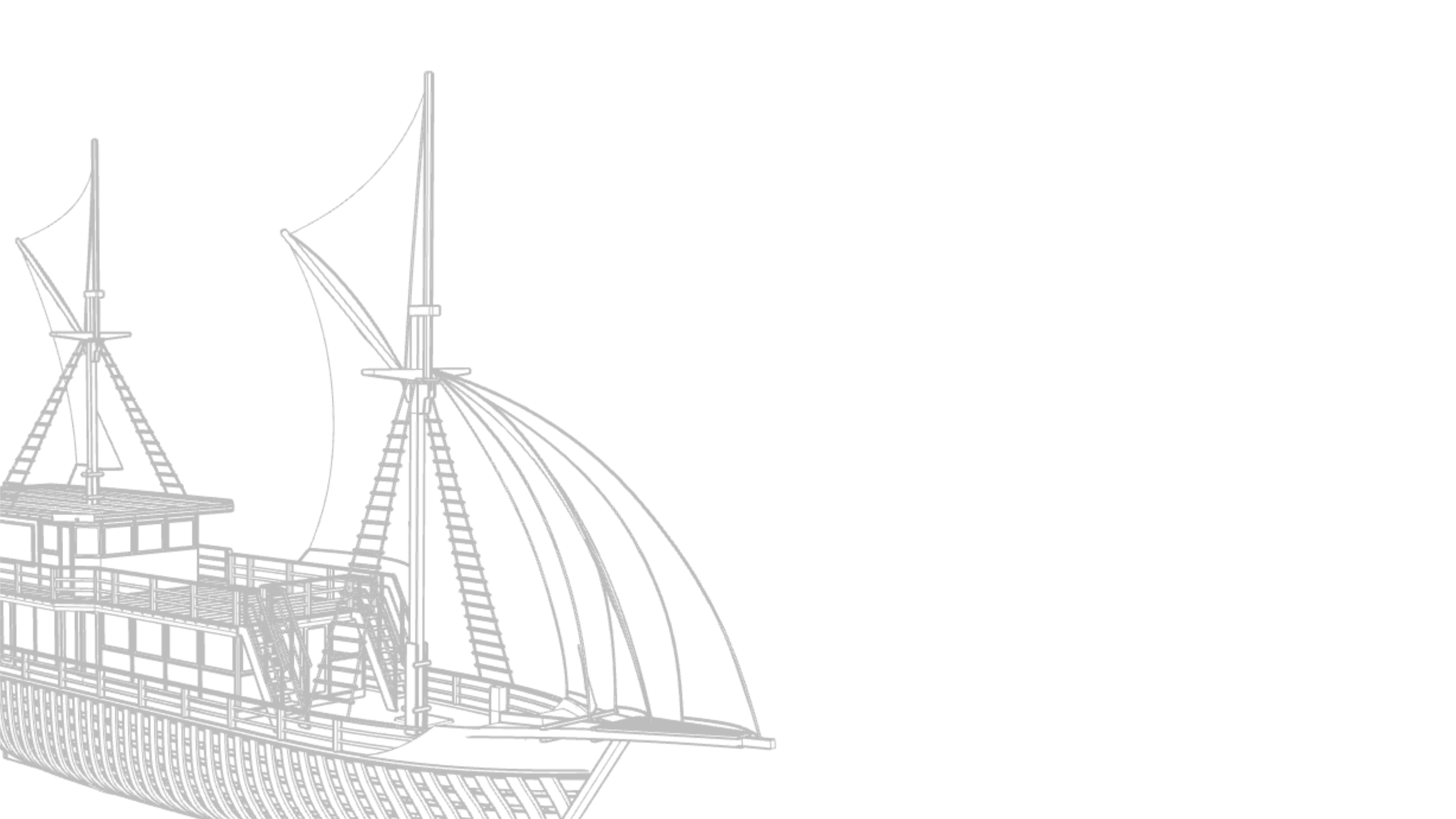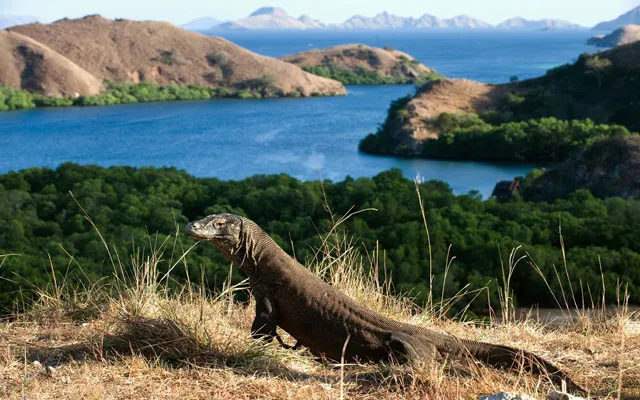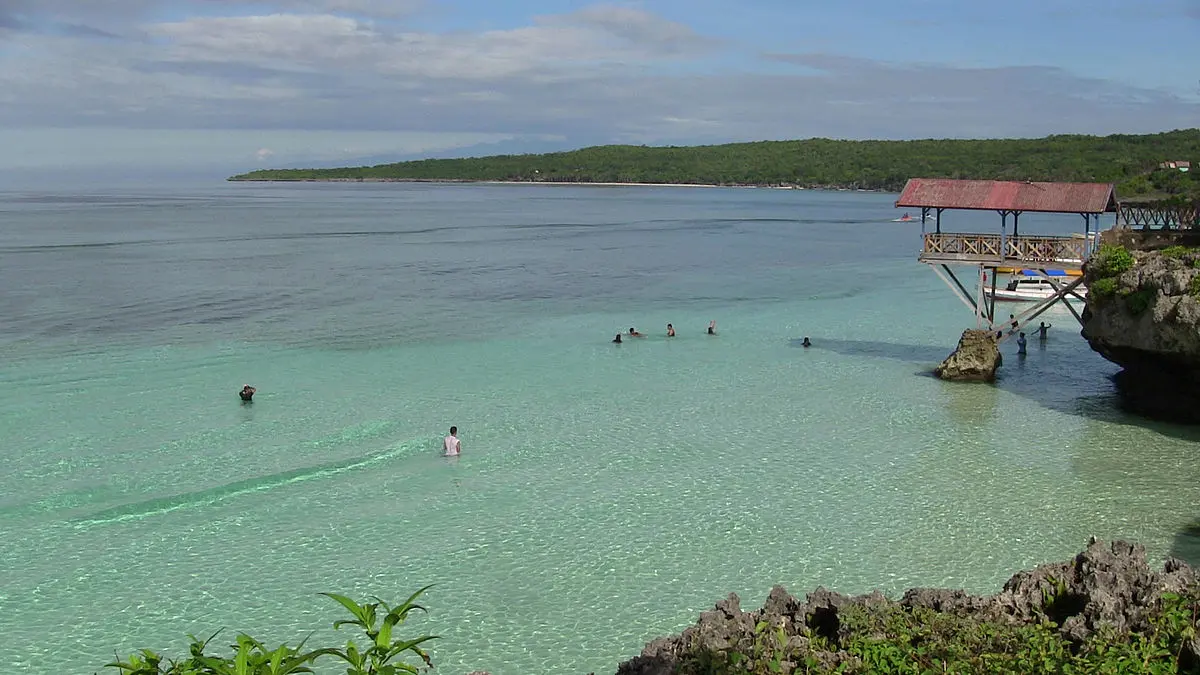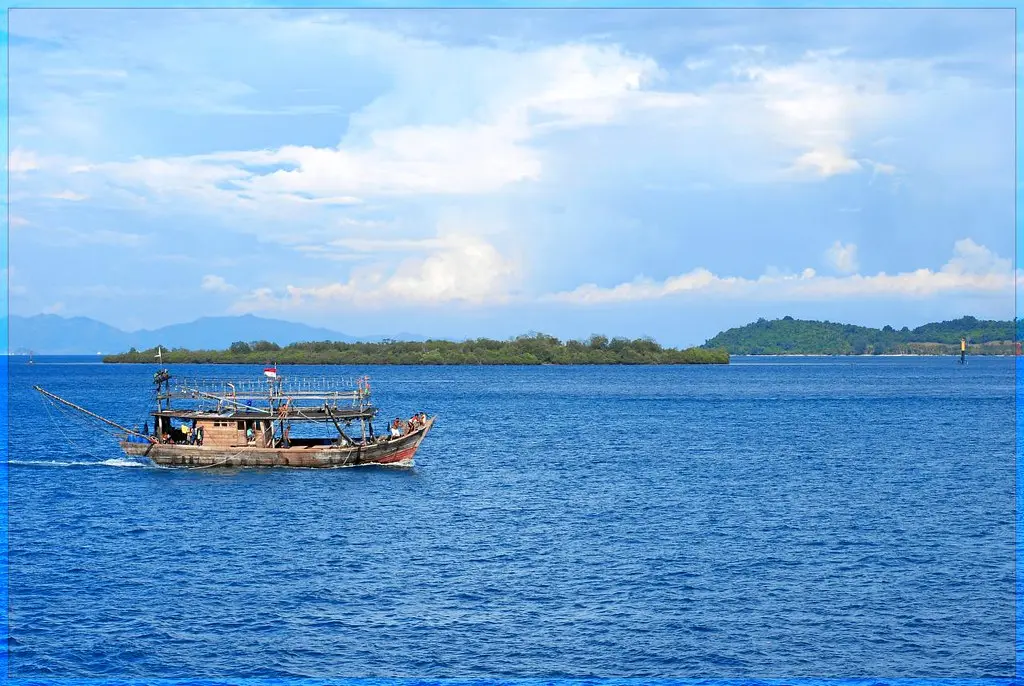How Bajau Sea Nomads’ Spleens Help Them Dive Deeper
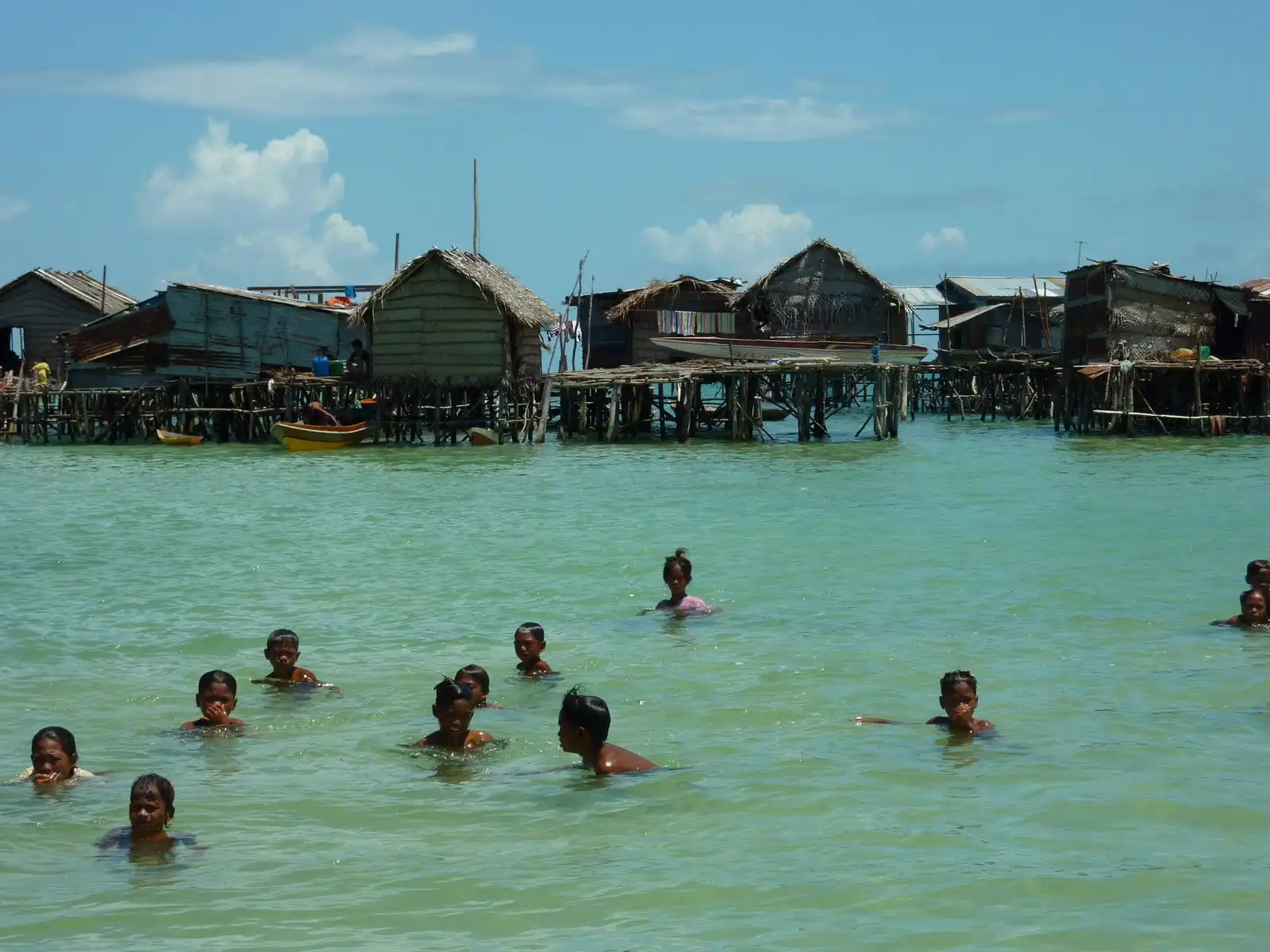
Bajau sea nomads’ spleens are at the center of one of the most fascinating examples of human adaptation to the ocean. These sea-dwelling communities have captivated scientists and travelers alike with their ability to dive deep into the ocean for minutes at a time—all without modern equipment. What makes this possible? A remarkable trait hidden inside their bodies: larger spleens.
Let’s uncover how biology, tradition, and survival are beautifully intertwined.
Who Are the Bajau Sea Nomads?
Before we explore their spleens, it’s essential to understand who the Bajau are. The Bajau people—often called “sea nomads”—are an ethnic group native to maritime Southeast Asia, including Indonesia, Malaysia, and the Philippines. For centuries, they’ve lived on houseboats or stilt homes over the ocean, rarely setting foot on land.
Their lives are completely interwoven with the sea. From navigation and food gathering to storytelling and spirituality, the ocean is their home, marketplace, and sacred space. They rely on intimate knowledge of tides, marine species, and weather patterns, making them one of the most ocean-adapted communities on Earth.
This close relationship with the sea has shaped not only their culture but also their bodies in unique ways.
Read Also: 10 Unique Bajau Tribe Facts About How They Live at Sea
The Diving Tradition of the Bajau
Diving isn’t just a skill for the Bajau sea nomads—it’s a lifeline passed down through generations. From a young age, Bajau children begin learning how to dive and survive in the ocean. Over time, diving becomes more than survival; it becomes identity. Here’s how their tradition unfolds:
1. Early Start in Childhood
Bajau boys and girls start diving as early as five or six years old under the careful guidance of family and community elders.
This early start is crucial because diving is not just a skill but a way of life for the Bajau. By practicing from such a young age, children develop the physiological adaptations and mental discipline needed to dive.
2. Deep Dives Without Equipment
Many Bajau adults possess an extraordinary ability to free-dive to depths of 20–30 meters (65–100 feet) and stay underwater for 2–5 minutes without using any modern diving equipment such as oxygen tanks, masks, or fins.
The Bajau rely solely on their physical adaptation and refined techniques, using only basic tools like hand-carved spears to hunt fish in the coral reefs and ocean depths.
3. Sustainable Sea Harvesting
They primarily dive to collect crucial marine life such as fish, sea cucumbers, octopuses, and lobsters. All of which serve as vital sources of food and income—both for local consumption and trade.
Their traditional fishing techniques emphasize selective harvesting, utilizing hand-made spears, nets, and traps that are designed to catch only what is needed, thus minimizing ecological impact.
4. Mastery of Breath and Movement
The Bajau also engage the body's natural diving reflex, which slows their heart rate and selectively directs blood flow to prolong their oxygen reserves, allowing them to dive deeply and safely while conserving energy.
Underwater, Bajau divers move with calm and deliberate precision. They master techniques such as equalizing pressure to avoid ear barotrauma and using their bodies to navigate complex coral reefs and underwater environments with agility and safety.
5. Oral and Practical Learning
Diving knowledge is passed on through observation, practice, and guidance from elders—blending practical skill with cultural heritage.
For the Bajau, diving is not an activity. It’s a way of being—one that defines their deep, inseparable bond with the ocean.
What Makes the Bajau Sea Nomads’ Spleens Unique?
In 2018, scientists from the University of Copenhagen studied the Bajau people in Sulawesi, Indonesia, and discovered that their spleens are about 50% larger than those of nearby inland communities like the Saluan.
This matters because the spleen functions as a natural oxygen reservoir—when the body experiences low oxygen during breath-hold diving, the spleen contracts and releases oxygen-rich red blood cells into the bloodstream.
This boosts oxygen circulation and allows Bajau divers to stay underwater far longer without breathing, revealing a remarkable biological adaptation shaped by generations of life at sea.
Read Also: Live Like a Bajau Sea Nomads: A Cultural Ocean Journey
The Link Between Lifestyle and Physiology
What makes this even more fascinating is the potential reason behind this spleen enlargement. The Bajau have lived a marine-based life for centuries. Diving for food is not occasional—it’s daily.
Over time, this intense, repetitive exposure to breath-hold diving may have led to natural selection, where individuals with larger spleens had better survival outcomes and passed this trait to future generations.
The researchers also identified a specific gene variant (PDE10A) more common in the Bajau. This gene is believed to influence spleen size, supporting the theory that genetic adaptation, not just training or environmental factors, plays a significant role in their diving ability. In short, their bodies may have evolved to better suit their marine lifestyle.
A Rare Human Adaptation
This discovery makes the Bajau one of the very few modern populations with a known genetic adaptation linked to their environment. It proves that even in today’s world, human biology can still evolve in response to lifestyle and survival needs.
Their enlarged spleens are more than a medical curiosity—they are a symbol of deep integration between human culture and nature.
For the Bajau, a larger spleen isn’t just a scientific wonder—it’s a critical part of their ability to fish, feed their families, and live in harmony with the ocean.
What This Means for Science and Survival
The Bajau sea nomads’ spleens are more than a biological curiosity—they offer new insights into human adaptability. Scientists studying them hope to apply this knowledge in areas like:
- Medical treatments for hypoxia (oxygen deprivation)
- Understanding high-altitude adaptation
- Improving diving techniques for athletes and marine researchers
Beyond biology, the Bajau way of life shows that humans don’t always need to conquer nature. Sometimes, survival comes from deep harmony with the environment, not domination.
Their physical traits, cultural practices, and spiritual beliefs form a resilient system of knowledge—one that deserves attention and protection.
Dive Deeper Into Bajau Life
Understanding the Bajau sea nomads goes far beyond biology. It’s about embracing an entire way of life that flows in harmony with nature—where every practice, belief, and decision reflects deep respect for the ocean. Here's how the Bajau embody ecological wisdom:
1. Sustainable Fishing Practices
They rely on spears and hand-built traps, fishing only what they need and avoiding destructive methods like dynamite or large nets.
2. Homes That Blend Into Nature
Whether floating or perched on stilts, their homes are built to suit the sea’s rhythms and protect fragile coastal ecosystems.
3. Traditional Navigation Skills
Without GPS, they read the stars, water color, currents, and wind to navigate with astonishing precision.
4. Spiritual & Cultural Depth
Their chants and rituals honor sea spirits and ancestors—keeping oral traditions alive as a guide for ethical living.
5. Generational Wisdom
All of this knowledge is passed down through storytelling and lived experience, preserving the bond between people and ocean.
If you're ready to do more than just read about it, join a guided cultural experience with Riara Marine. Step into the Bajau way of life through immersive excursions, workshops, and hands-on learning. Explore their world—slow, respectful, and full of meaning—with Riara Marine.
Read Also: Who Are Indonesia’s Sea Nomads? Discover the Bajau People’s Ocean Life
Experience It Firsthand with Riara Marine
Reading about the Bajau is one thing—experiencing their world is something else entirely. Riara Marine offers unique cultural ocean journeys that connect Voyagers with the people who live and breathe the sea.
You’ll get to:
- Join hands-on Boat Construction Workshops inspired by traditional Bajau boatbuilding
- Learn sustainable fishing techniques from Bajau elders
- Take guided marine excursions into the waters they’ve known for generations
These journeys aren’t just tours—they’re immersive, respectful cultural exchanges. By choosing responsible travel, Voyagers help preserve the knowledge, stories, and skills of Indonesia’s sea nomads for future generations.
